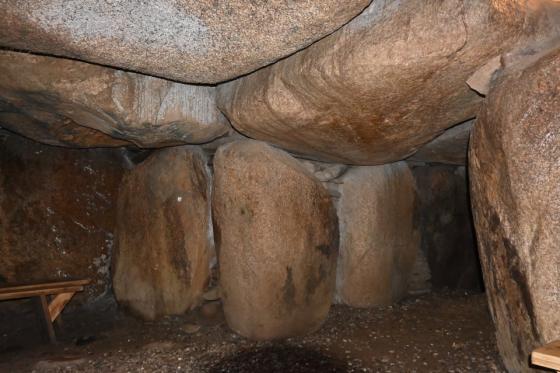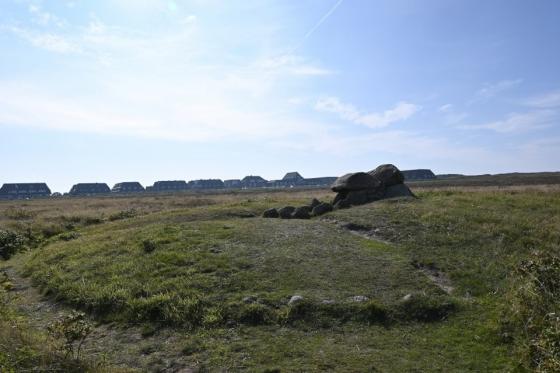taken from the on-site hünen.kulTOUR information board:
Winjshoog
The Winjshoog is the only surviving burial mound on this striking ridge, the “Weenk”, with a wide view of the marshland. In the old days, the Keitum biike was burned down every year on Winjshoog. In 1954 the hill was restored.
According to C.P. Hansen it was also the Wedns mound. It was dedicated to Wedn, Weda or Wodan. The Frisians thought of the Weda as the supreme god of war, who not only gave the sea warriors luck in battles, but also good wind on their journeys. Before they set out on their sea expeditions in spring, they sacrificed tar barrels to him on the Wedns or Winj mounds and lit a great straw fire on these hills.
This custom is continued today as a biike (bonfires).
























